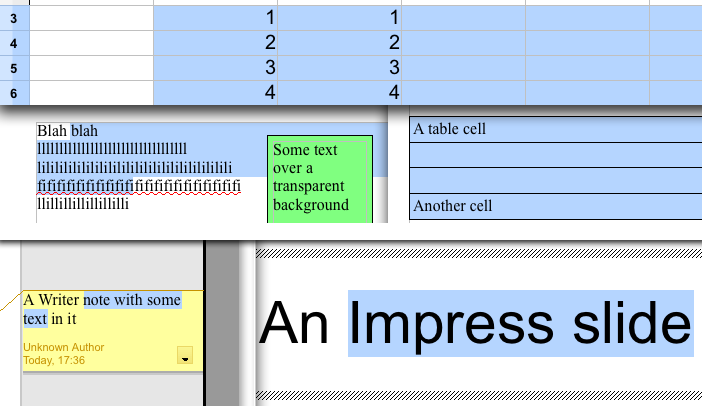
Click Home > Conditional Formatting > New Rule, see screenshot: 3. Select your data range or whole worksheet which contains subtotal rows. Conditional Formatting is a powerful feature in Excel, we can also use it to highlight all subtotal rows immediately.

SO, most Spreadsheets allow you to sort multiple columns at the same time, but by only one Column Title at a time. Right? So if you Sort only ONE column (and ONLY that column, you end up with John Smith having the wrong address, etc. Typically you would have MULTIPLE columns of data to go along with the names Phone, Address, City, State, Zip, etc. You want to sort this list of names by Last Name, then by First Name so John Smith shows up below Alex Smith on your list. This does not yet highlight anything on Sheet1 but it is very important to understand that formula with an absolute address, a relative address and a comparison returning a boolean value (True or False).Column A = Last Name, Column B = First Name.
Now the list should show up with the last Names in the correct order, AND the First Names also - BUT all the other info (address, City, State, etc) is ALSO still attached to the right records. Next, you sort Column B (First Name) in Asending order. Now all the LAST Names are alphabetical. Thus, you sort Column A (Last Name) in Asending order.



 0 kommentar(er)
0 kommentar(er)
